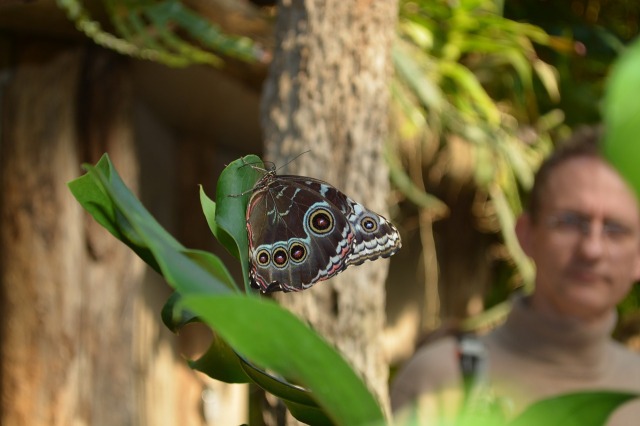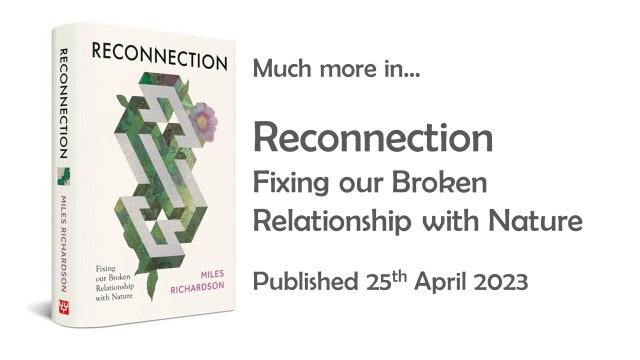Different ways of engaging with nature appeal to different people and our recent analysis into improving nature connectedness found sustained benefits can involve a variety of forms of engagement. Our latest research paper published in People and Nature provides evidence on an important area of nature engagement – Citizen Science. An activity that appeals to many and typically involves being prompted to notice and engage with nature regularly, a key finding from our wider work.
Regular readers will know why improving the human-nature relationship is important – it is the causal factor in the environmental crises, but can also bring important wellbeing benefits – so we’ll move onto the research. We set out to test the impact of nature-focussed activities on people’s connectedness to nature and wellbeing. This project, called “Nature Up Close and Personal: A Wellbeing Experiment” involved a one-week randomised controlled experiment and recruited 500 people who completed the pre and post-participation surveys which included a variety of outcome measures.
People were randomly assigned to one of six groups. Those in non-control groups were asked to take part in one ten-minute activity five times over eight days. The activities were: two different citizen science activities (a pollinator survey or butterfly recording), the 3 Good Things in Nature (3GTiN) nature-noticing activity, or a combination of citizen science and 3GTiN.
Once the data was in and analysis completed, we found that citizen science, 3GTiN and the combination of the two had significant positive effects on nature connectedness, happiness, sense of living a worthwhile life and satisfaction with life. Although 3GTiN brought slight larger improvements across all outcomes the differences weren’t significant. This builds on previous work on the wellbeing benefits of nature connectedness, but is more of a novel finding for citizen science.
We also explored whether the activities engaged the pathways to nature connectedness. Compared to 3GTiN, people doing citizen science scored lower at engaging with nature through their senses, and feeling calm or joyful, but higher for feeling that they made a difference. The combined activity engaged the pathways to nature connectedness at least as strongly as the highest-scoring of citizen science or 3GTiN individually. This shows the potential for intentionally designing citizen science to enhance the pathways to nature connectedness.
Interestingly, although citizen science activities were related to nature conservation and participants felt they were making a difference, it was only the 3GTiN activity that brought about a significant positive effects on pro-nature conservation behaviours. Providing some initial evidence of a causal link between improved nature connectedness and pro-nature behaviours to accompany the causal link between nature connection and more general, and broadly ‘carbon-cutting’, pro-environmental behaviours. This result links nicely to the recent research paper showing how emotions are more important than facts for changing minds – the 3GTiN activity asks people to note positive emotions about nature.
The results show that nature-based citizen science is more than just a way to gather environmental data: it can benefit wellbeing and nature connectedness of participants, and, in combination with the 3 Good Things in Nature activity, pro-nature conservation behaviours. It adds to the range of activities already shown to enhance human-nature interactions and nature connectedness. Citizen science could also be made even more beneficial by explicitly bringing in more emotional and sensory engagement with nature into its design – just as we did in our recent ‘joy watching‘ work where rating the joy of birds in addition to counting species brought greater benefits.
Thinking at a bigger societal scale, the work can start to inform public policy through embedding a ‘one health’ approach to people’s engagement with nature – monitor it & enjoy it! This can unite human and nature’s wellbeing, enabling more biodiversity, supporting communities to both notice and monitor that everyday biodiversity and recognising that human and nature’s wellbeing is interdependent.
Pocock, M. et al (2023). Nature Up Close and Personal: A Wellbeing Experiment. People and Nature. https://doi.org/10.1002/pan3.10432


